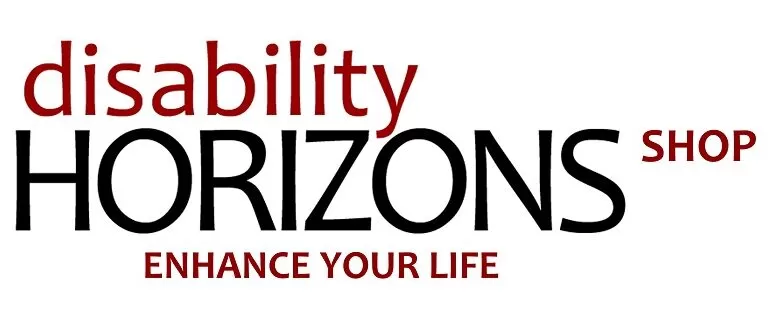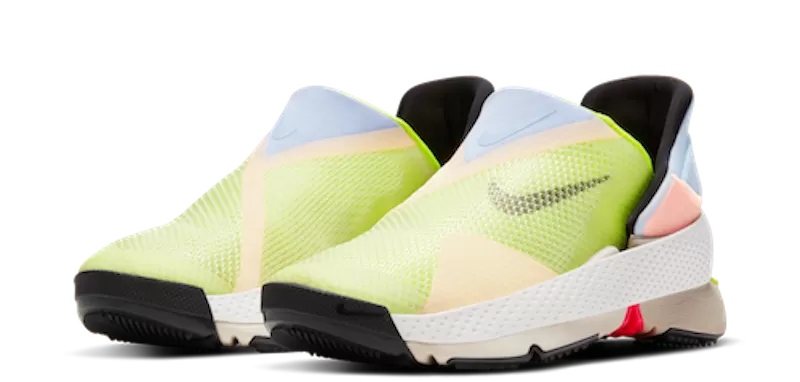Nike has launched the GO FlyEase, accessible hands-free shoes that are easy to put on and take off by simply slipping your foot in without bending down to do up laces, zips or straps.
 The innovative design was inspired by Matthew Walzer, who wrote a letter at aged 16 to Nike asking for an accessible pair of shoes he could put on and off independently because he has cerebral palsy.
The innovative design was inspired by Matthew Walzer, who wrote a letter at aged 16 to Nike asking for an accessible pair of shoes he could put on and off independently because he has cerebral palsy.
Following nine years of researching, engineering and testing, the GO FlyEase hands-free shoe is now launched and will be available to purchase soon.
How do the Nike GO FlyEase hands-free shoes work?
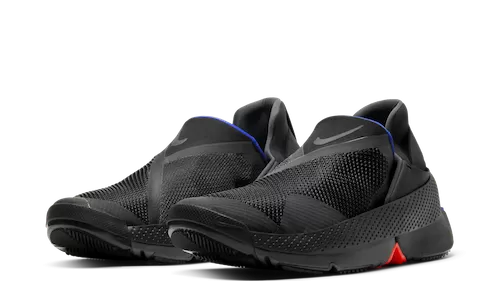
The Nike GO FlyEase hands-free shoes are a sophisticated and accessible way of wearing footwear. Behind the shoe’s smooth motion is a bi-stable hinge that enables the shoe to be secure in fully-open and fully-closed positions.
This duality allows another signature detail: the Nike GO FlyEase tensioner. The tensioner’s unique flexibility super-charges an action many might take for granted (kicking-off a shoe) and completely reimagines this movement as the basis for and accessible and empowering design.
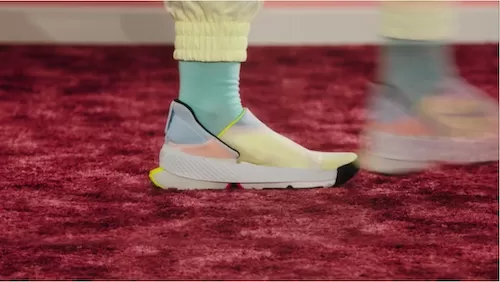
Not only will the GO FlyEase shoes be life-changing and gain further independence to disabled people, but the hands-free shoes will also benefit the wider community, including professional athletes, pregnant women, parents with their hands full and students late for classes.
Matthew Walzer’s campaign for hands-free shoes
View this post on Instagram
The creation of the GO FlyEase hands-free shoe was inspired by Matthew Walzer, a young man with cerebral palsy from Florida, USA.
In 2012, at the age of 16, he wrote a letter to Nike requesting a pair of shoes that he would not have to tie laces on or do up straps due to his dexterity issues.
At the time, Matthew was pursuing university and wanted to be able to put on his shoes and take them off inassisted so that he could live independently.
Matthew was two months premature and had underdeveloped lungs, which led to his cerebral palsy diagnosis. Doctors told his parents that he would never walk, but he has proved them wrong. He also never developed an expected speech impediment and was a strong student.
He said: “At 16 years old, I was able to completely dress myself, but my parents still had to tie my shoes. As a teenager who was striving to become totally self-sufficient, I found this extremely frustrating, and at times, embarrassing,”
When sending the letter, Matthew never expected a response from Nike: “I knew what I was doing was, in football terms, ‘a Hail Mary,’ and to be quite honest I had very low expectations.
I was expecting a very polite letter back in recognition of my request. There are not enough ‘thank yous’ in the world to express my undying gratitude”.
Further than this, Matthew got to collaborate with Nike designer, Tobie Hatfield, to create the GO FlyEase and a few months after sending his letter, Matthew got to test the first prototype of the hands-free shoes.
“Your talented team of designers has thoughtfully created a shoe that, for the first time in my life, I can put on myself.
When I put the shoes on every morning, they give the greatest sense of independence and accomplishment I have ever felt in my life,” said Matthew at the time.
View this post on Instagram
About a week ago, Matthew was sharing his story on radio station NPR ahead of the GO FlyEase launch, and when he was asked if the shoes were cool, he replied:
“I haven’t tried them yet. I don’t have a pair yet. So, from what I’ve seen online, they are. They do look extremely cool. And I’m very, very excited to try them.”
You can follow Matthew Walzer on Twitter and Instagram.
The benefits of hands-free shoes for Paralympic athletes
These new accessible shoes are also likely to benefit Paralympic athletes, including champion fencer Bebo Vio.
Bebo lost both her arms and legs to meningitis as a child and competes in a wheelchair and walks using prosthetic legs. Putting on her shoes is usually a time-consuming activity.
“With the Nike Go FlyEase, I just need to put my feet in and jump on it. The shoes are a new kind of technology, not only for adaptive athletes but for everyone’s real life,” she says.
How to buy GO FlyEase hands-free shoes
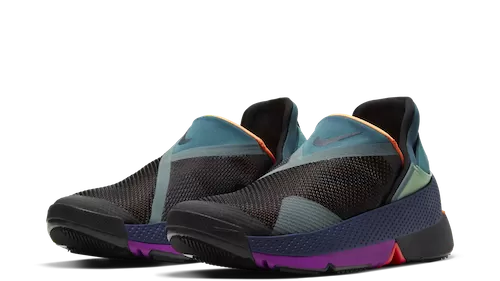
The hands-free shoes are expected to be priced at £104.95 and available in three styles:
- Anthracite, Racer Blue and black
- Celestine Blue, Volt and white
- Dynamic Turquoise, Hyper Crimson and black
The Nike GO FlyEase is available initially via invite for select Nike Members on Monday 15th February 2021, with “broader consumer” availability planned for later this year.
Greeper shoelaces
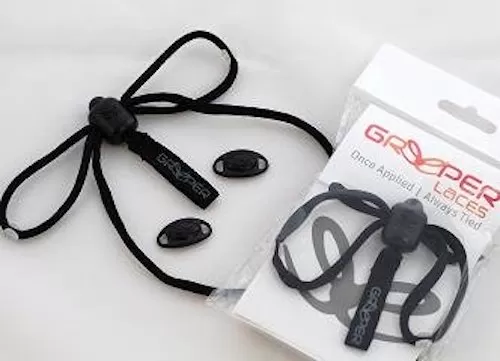
If you don’t fancy purchasing a new pair of shoes but have difficulty tying laces because of mobility or dexterity issues, then the Greeper shoelaces may be your answer.
Sold on the Disability Horizons Shop, the Greeper shoelaces are a modern, accessible alternative to traditional shoelaces – they remain tight and tied no matter what conditions they’re put under.
These innovative shoelaces have been designed to aid those with disabilities to adapt any type of everyday shoe, without having to rely on old-fashioned velcro fastening shoes.
There are three styles of Greeper shoelaces available – sport laces, hiking laces and Thomas the Tank Engine laces for children.
In addition, there is a Greeper Assist, which is an aid that helps tighten Greeper shoelaces with just one hand.
For more information about Greeper shoelaces and the Greeper Assist, check out Zec Richardson’s review on the Disability Horizons Shop.
To find out more about Greeper shoelaces plus other adapted clothing available, visit the Disability Horizons Shop.
By Emma Purcell
More on Disability Horizons…
- Adaptive clothing solutions: how my daughter inspired me to start a business
- Being blind doesn’t mean you can’t be fashionable
- Rising Phoenix: a documentary about the Paralympic Games movement
- How fashion and beauty brands can be more accessible
The post Nike launches hands-free shoes inspired by man with cerebral palsy appeared first on Disability Horizons.

